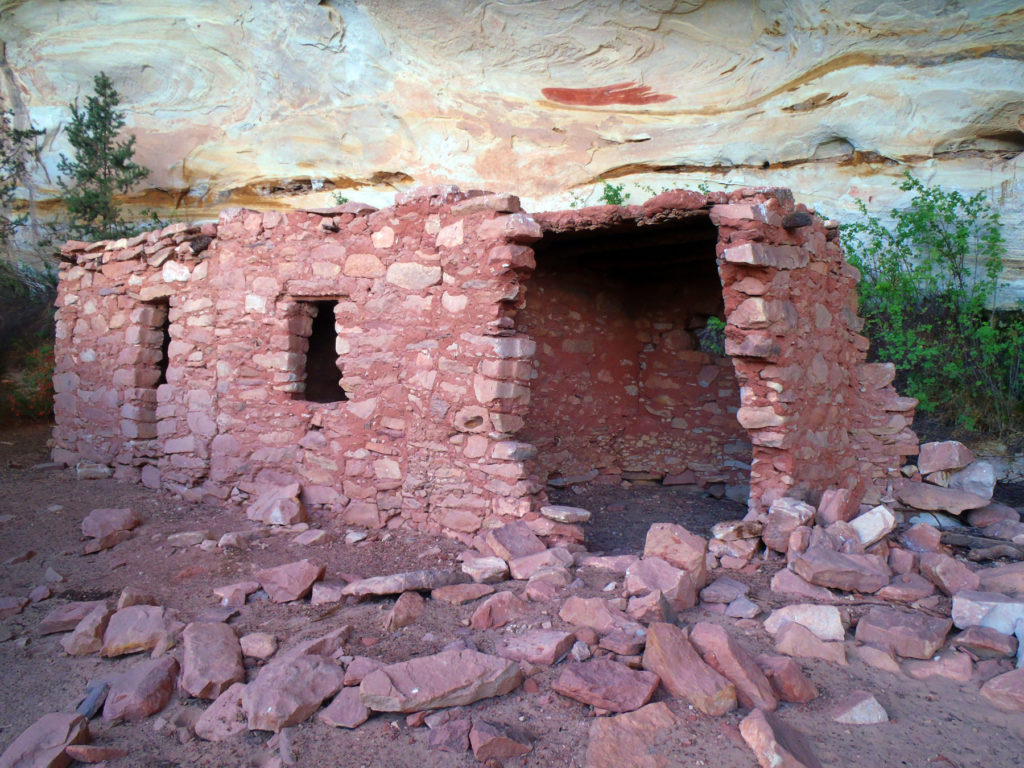- Home
- >
- Preservation Archaeology Blog
- >
- Some Monumental Issues
(January 8, 2018)—I’ve been involved with the archaeology of the Bears Ears area for more than 50 years, and I actively support President Obama’s use of the 1906 Antiquities Act to designate the Bears Ears National Monument. Media coverage of this issue has also ramped up substantially, and I’ve recently been interviewed by several journalists for comments about the Trump administration’s recent attempt to radically diminish Bears Ears National Monument.
All this has made me think long and hard about what the monument represents. My main goal here is to argue that keeping Bears Ears National Monument intact respects the visionary intent of both the 1906 Act and President Obama’s 2016 proclamation. Before doing that, I’d like to say a few things about the national monuments provision of the Antiquities Act itself, which often seems poorly understood.
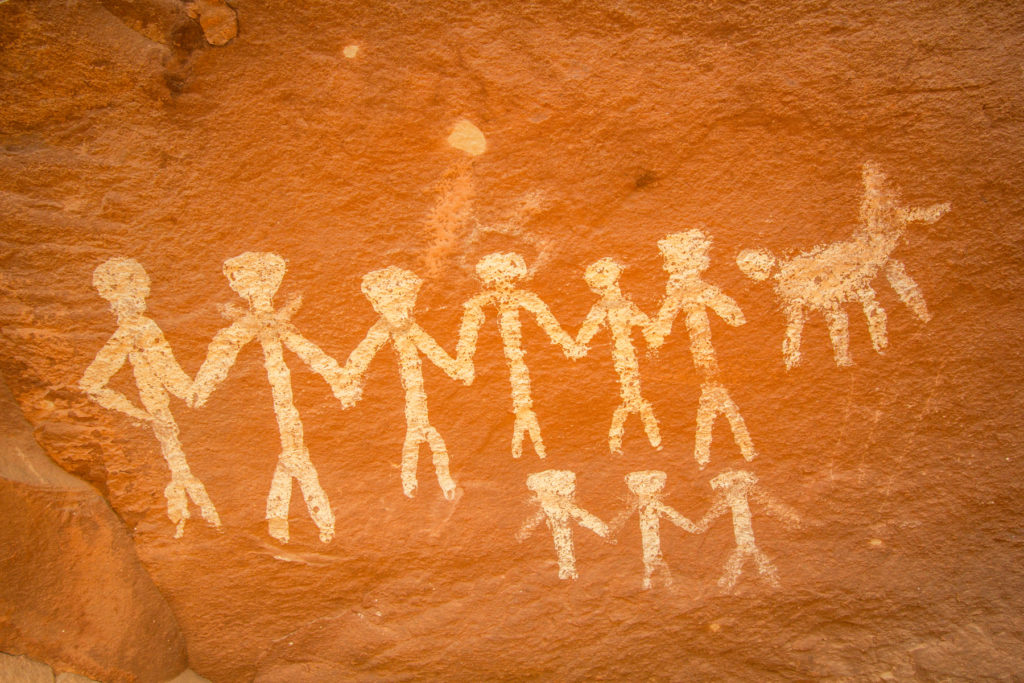
How Does the Antiquities Act Work?
Occasionally, I still see claims that the 1906 Antiquities Act authorizes the president to “take” private or state lands for inclusion in a national monument. This idea usually surfaces in the “comments” section of news articles. In fact, the Antiquities Act has always applied only to federal public lands.
More common is the idea that the monuments provision of the Antiquities Act is primarily concerned with protecting archaeological sites. That’s in fact one of the main objectives of Bears Ears National Monument, but the Act itself is much broader, giving the president authority “to declare by public proclamation historic landmarks, historic and prehistoric structures, and other objects of historic or scientific interest that are situated upon the lands owned or controlled by the Government of the United States to be national monuments.” Most national monuments are not focused primarily on archaeology. (A separate provision of the 1906 Act did require a federal permit for excavating in an archaeological site, but that provision was fully superseded by a separate law enacted in 1979).
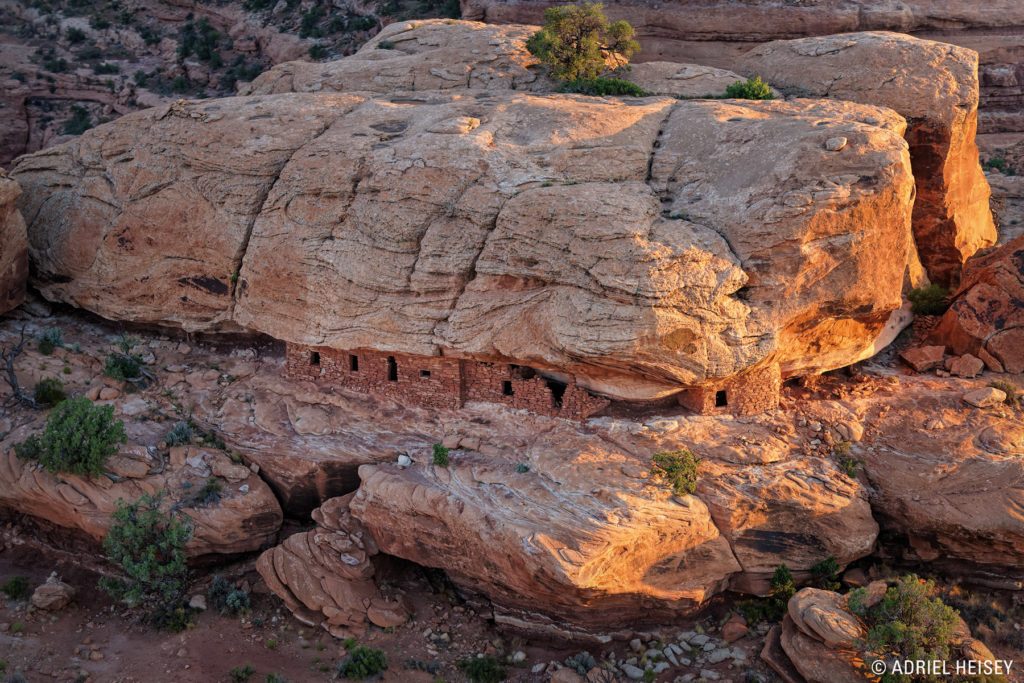
In any case, for over 110 years, presidents and the courts (including the Supreme Court) have broadly interpreted the criteria for establishing a monument. And from early on, numerous presidents have established very large as well as small monuments. As early as 1908, Theodore Roosevelt’s Grand Canyon National Monument was over 800,000 acres. That monument, like many others, eventually became a national park by congressional action. Four of Utah’s “Mighty Five” national parks—Bryce, Zion, Arches, and Capitol Reef—were initially national monuments before becoming national parks. Nearly all of the 150+ monuments proclaimed since 1906 have become very popular nationally and locally. By and large, our presidents have used the flexible authority granted them by the 1906 act to recognize and protect special places of national importance.
Although a number of national monuments are in fact managed by the National Park Service, the trend over the last 20 or so years has been to leave management of new monuments in the hands of the federal agency already responsible for the lands involved. The Bureau of Land Management (BLM) and the US Forest Service (USFS) will jointly oversee Bears Ears National Monument. Both are “multiple-use” agencies, as opposed to the National Park Service or US Fish and Wildlife Service, both of which have more restrictive management objectives.
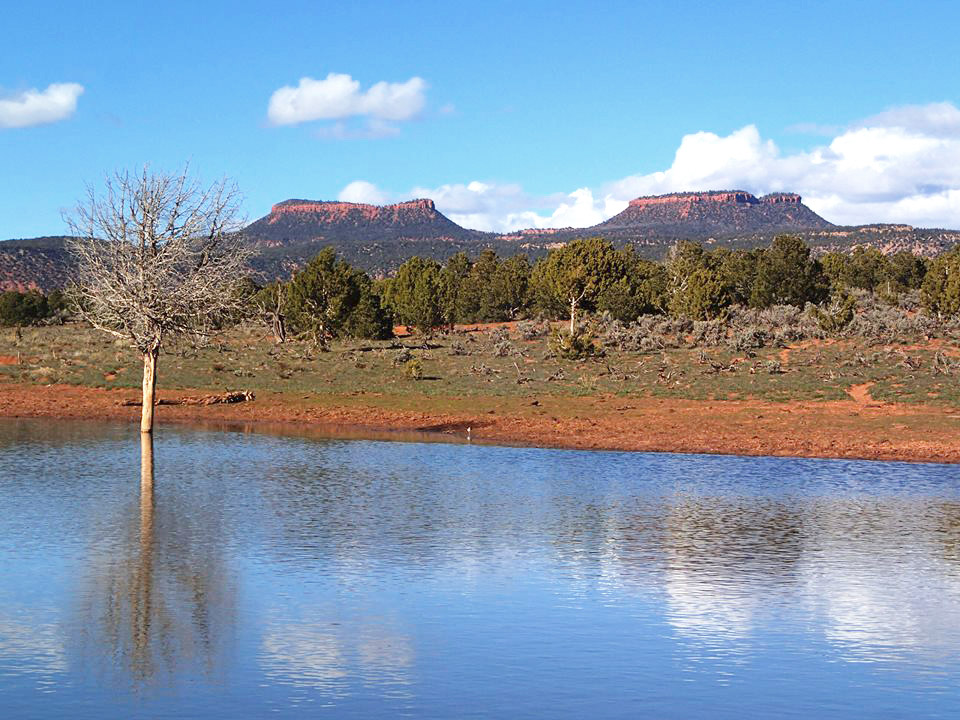
The staffs and budgets of the multiple-use agencies are stretched very thin over the vast areas for which they are responsible. What national monument designation accomplishes is to prioritize protection and management for public benefit of some among the many resources that an agency manages. In the case of Bears Ears National Monument, archaeology, paleontology, and greater Native American access to traditional resources and sacred sites are given high priorities in the context of managing a range of multiple uses. This should result in greater documentation of the archaeological resources (only 10 percent of the area has yet been surveyed for sites); heightened visitor education (emphasizing “visit with respect”); and better and more effective law enforcement.
Of course, the largest preservation effect of Bears Ears National Monument is that it will restrict or reduce developments that would substantially alter the character of the cultural and natural landscape that the monument designation seeks to honor. Monument status will end the sale of new leases for oil and gas development, make it harder to open new mines, and set a higher threshold for permitting other large-scale land-altering developments. Existing oil and gas leases will be honored, however, and other activities such as grazing, hunting, fishing, hiking, and off-road vehicle use—though only on specified roads and trails—will continue.
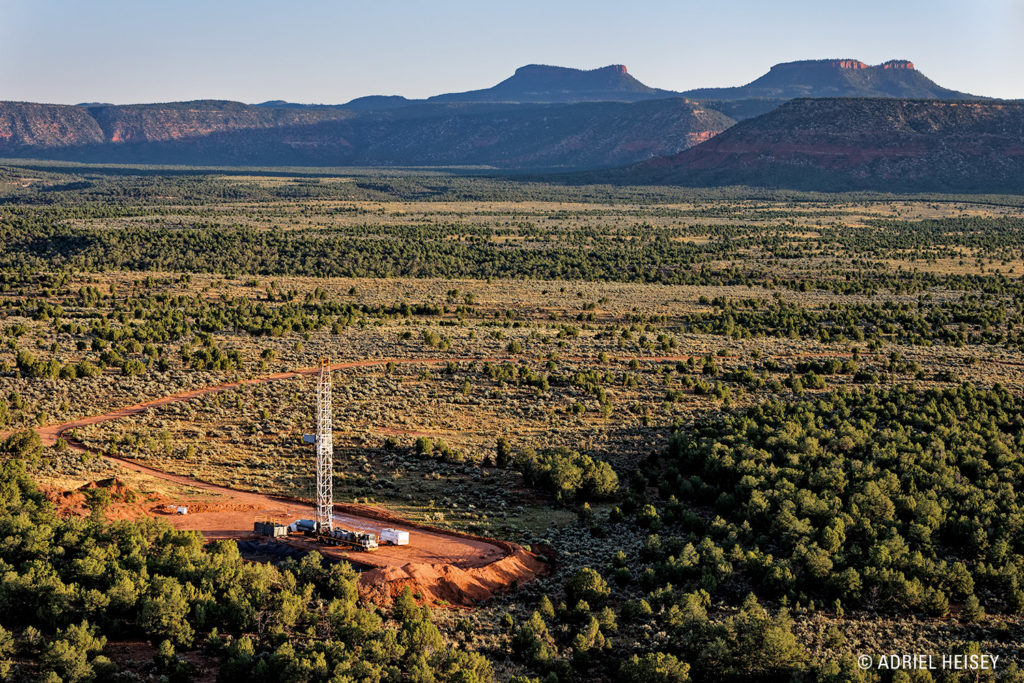
What Are the Public Values Bears Ears National Monument Seeks to Prioritize?
Designation of Bears Ears National Monument gives formal recognition to the area’s national reputation for having a multitude of incredibly well-preserved examples of Ancestral Pueblo “cliff dwellings” and rock art panels of many eras. Metaphorically speaking, those individual sites are prominent “peaks” on a highly varied cultural (and natural) landscape that has remained largely unaltered by modern economic development. The list of publicly valued archaeological and historical features also includes the Hole-in-the-Rock Trail, which Mormon settlers created in 1879–1880 during an arduous trip into southeastern Utah that culminated in the founding of Bluff.
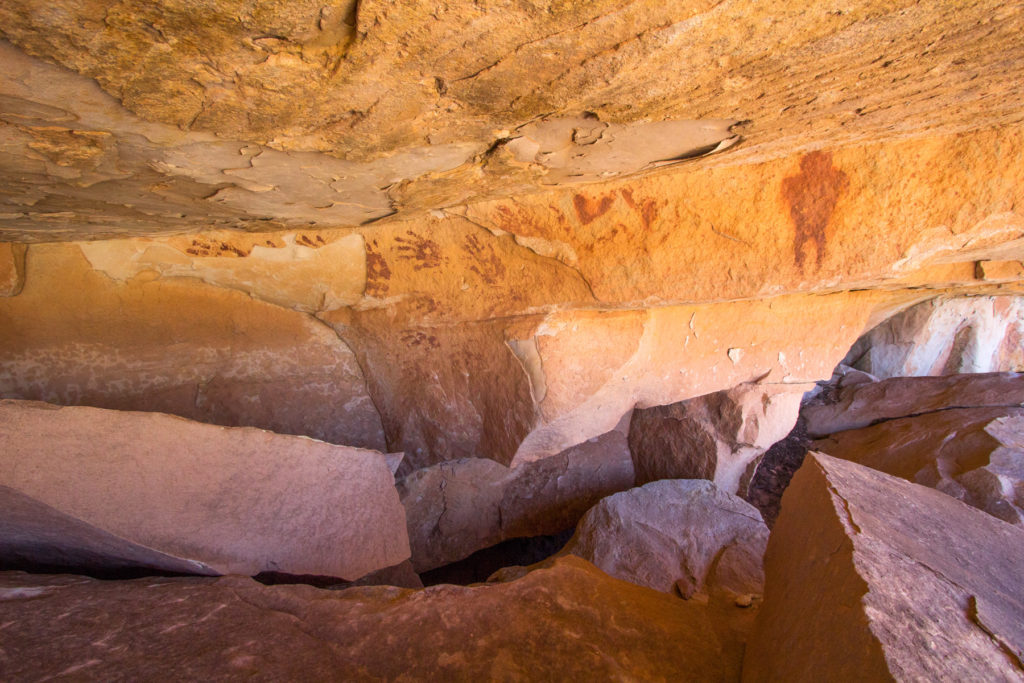
President Obama’s proclamation clearly recognizes that its individual highly visible and well-known archaeological sites are outstanding examples among many thousands of related but less visible ones. Altogether, these sites record the activities of people living in communities that were spread widely across the landscape, and with different settlement patterns in different periods. Each individual marvelously preserved cliff dwelling represents only a small expression of the social and cultural fabric of a past community that depended on multiple aspects of the natural environment. Many other types of sites and other periods are represented by less obviously visible but no less important archaeological sites. Altogether, the numerous sites represent material traces of how people lived in the Bears Ears landscape through thousands of years. Both archaeological research about and public appreciation of these past ways of life will be best served by managing this area as a large landscape that is both cultural and natural.
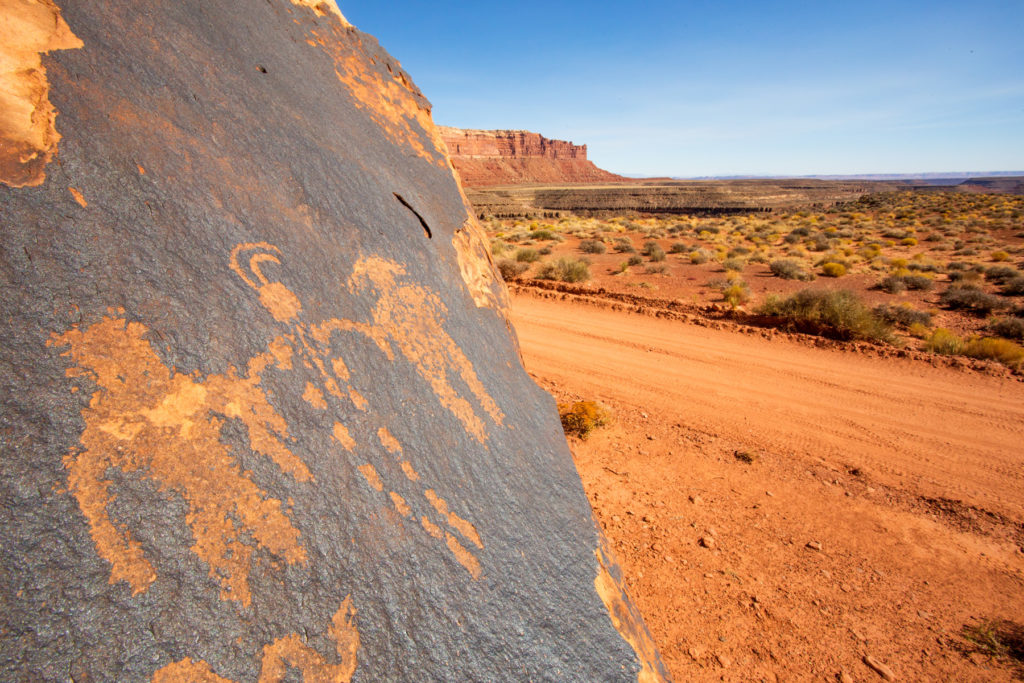
The Trump administration’s proposal to shrink Bears Ears National Monument to two separate and much smaller units also shrinks the opportunities for landscape-scale management, for research, and for public appreciation of the area’s archaeological and scientific resources. The approach seems to presume that what needs to be recognized are only those exceptionally well-preserved and photogenic individual sites that make “need-to-visit” lists circulated on the internet—thus the designation of two sites, Moon House and Doll House, as isolated postage-stamp-sized appendages to one of the units. Remarkably, the much-reduced Trump plan does not include most of the best-known and most frequently visited sites in the existing Bears Ears National Monument.
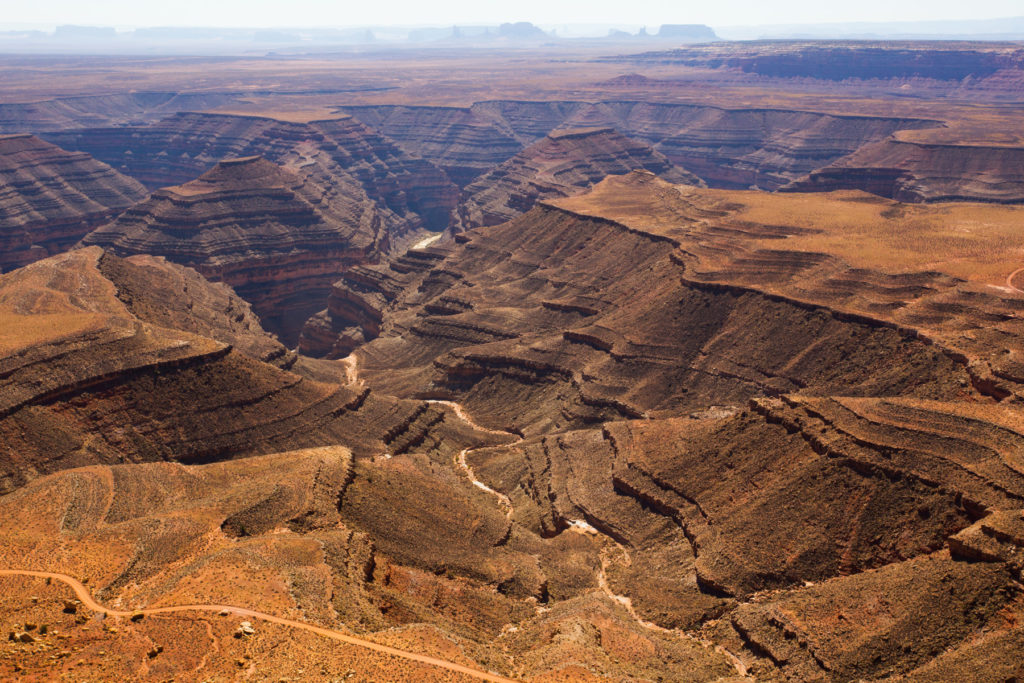
The ability of Bears Ears National Monument to provide public benefits for the nation will in the first instance depend on writing a management plan that enables the BLM and Forest Service to realize the vision laid out in the original monument proclamation. Developing such a plan will be hard, time-consuming work. Unfortunately, that work is now on hold, pending litigation over the Trump administration’s efforts to effectively revoke President Obama’s monument proclamation and dramatically alter the management priorities for the area.
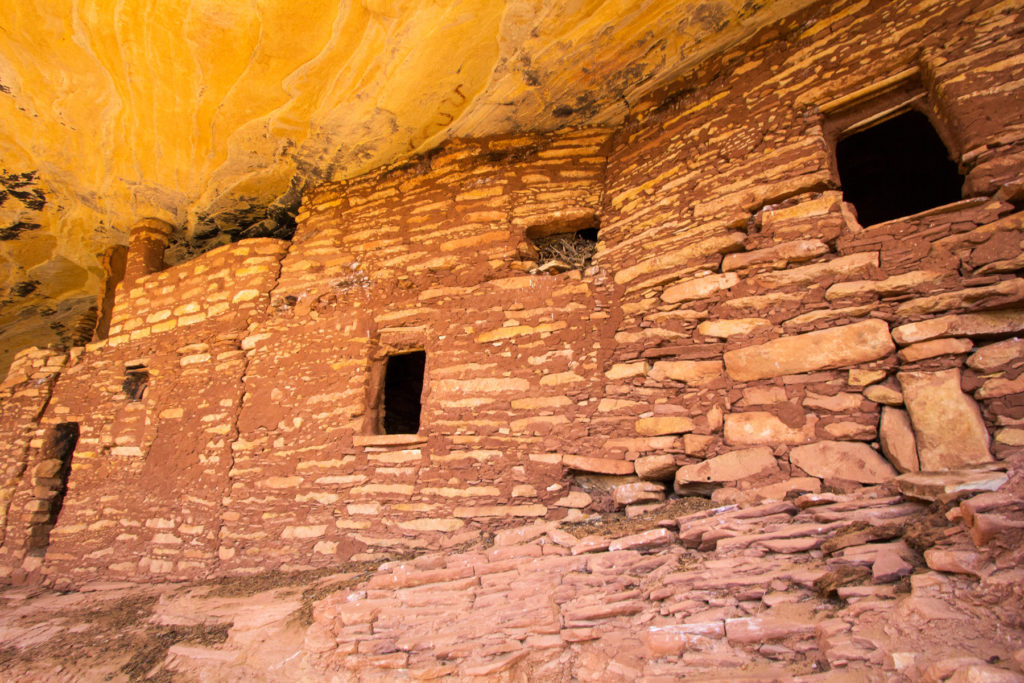
I haven’t yet mentioned the goals of the Inter-Tribal Coalition that for years has been the most effective advocate for establishing Bears Ears National Monument (the Coalition includes the Hopi, Navajo, Zuni, Ute Mountain Ute, and Uinta and Ouray Ute tribes). Their concern for protecting the places where their ancestors lived and died overlaps with the interests of archaeologists, who see the sites as sources of information about the past. But the tribes’ concerns have an added dimension—they see Bears Ears National Monument as the repository of cultural heritages that play a vital role in their living tribal cultures and identities.
The Coalition has spoken passionately about access—access for tribal members to visit ancestral archaeological sites as well as other sacred places, such as landscape features like the Bears Ears themselves. They also seek access across a large area for traditional cultural practices—for example, to gather plants important in traditional medicines or rituals; to gather firewood; to hunt wild game. These concerns express a tribal dedication to proactively ensuring that their cultural heritage continues to be part of their members’ lives today. President Obama’s Bears Ears National Monument proclamation envisions an essential role for the Coalition by establishing a Tribal Commission that will help develop the management plan and will advise on future management decisions.
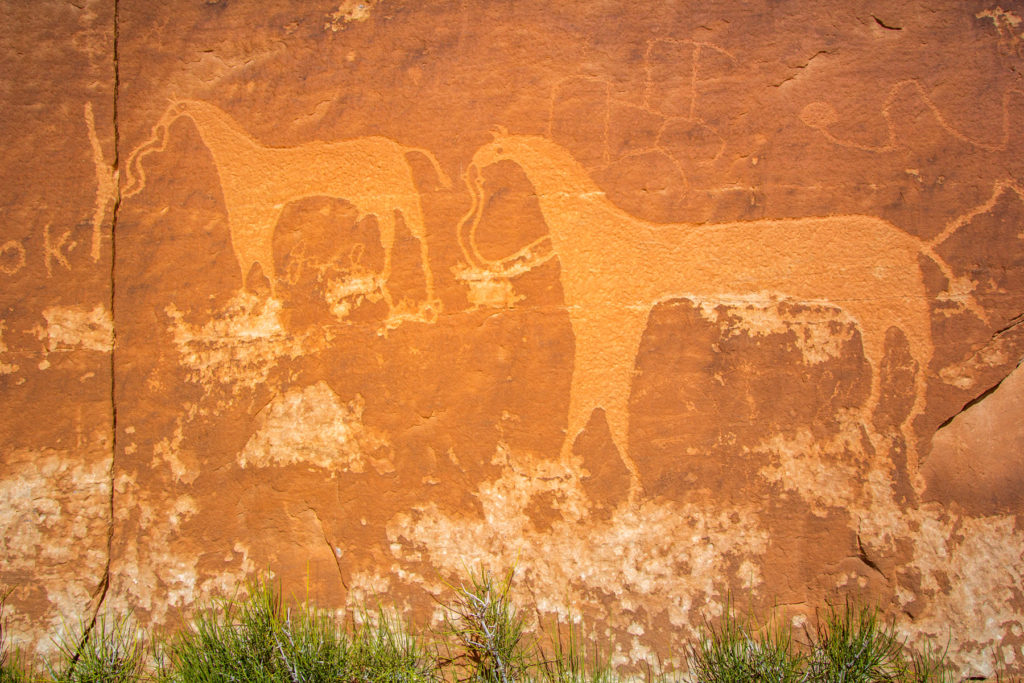
The Trump administration’s proclamation of a much-reduced and split up monument effectively ignores most of the tribal concerns and dramatically confines the Commission’s role to just one of the two proposed units. It also places a member of the San Juan County Commission on the Tribal Commission. Unlike the other members, that person would not be appointed by the tribes themselves.
In summary, the original Bears Ears National Monument proclamation envisions broad public benefits flowing from managing the monument as a large, integrated cultural and natural landscape. This vision is compatible with agency multiple-use missions, while prioritizing archaeological and scientific resources and tribal involvement. It also honors the vision of the members of Congress who enacted the Antiquities Act so many years ago. The Trump administration’s counter-proclamation discards a landscape-scale vision; fails to adequately address the cultural heritage concerns of the Inter-Tribal Coalition; and dramatically curtails tribal participation in management decisions. This attempt to effectively revoke a past president’s monument designation is unprecedented in the 111-year history of the Antiquities Act, and appropriately is being challenged in court.
William D. Lipe has a long and storied career in North American Archaeology. He received a Ph.D. in anthropology from Yale University (1966) and before that, a B.A. in anthropology from the University of Oklahoma (1957). He has been called a “founding father of conservation archaeology,” and his 1974 paper “A Conservation Model for American Archaeology” is of seminal importance to the goals, values, and practice of professional and academic archaeology in the U. S. today. Lipe has served as president of the Society for American Archaeology, and he is a fellow of the American Association for the Advancement of Science. A member of Archaeology Southwest’s advisory board, Bill served as issue editor for our 2014 Archaeology Southwest Magazine issue, “Tortuous and Fantastic: Cultural and Natural Wonders of Greater Cedar Mesa.”
